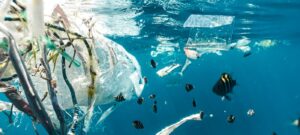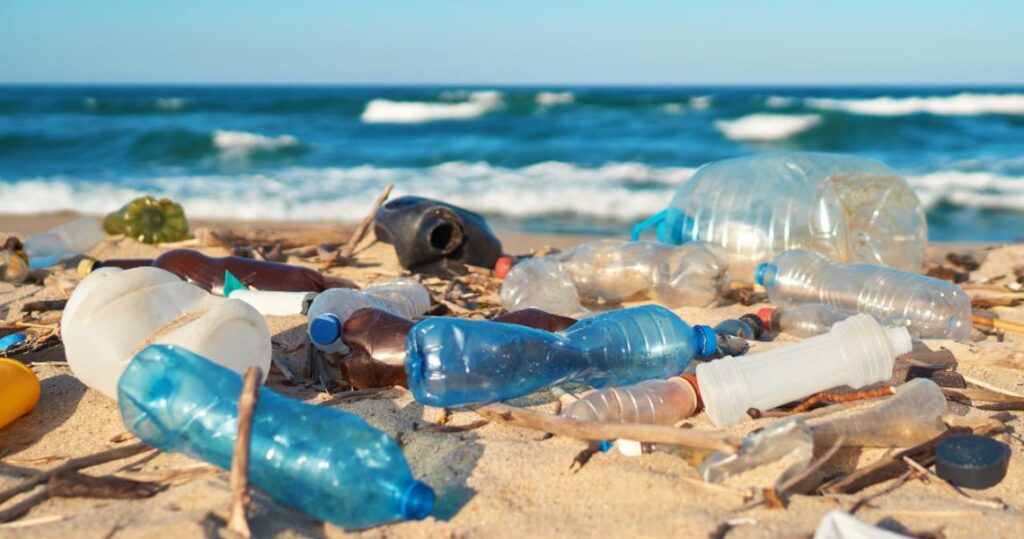During the days of EasterThe recreation and leisure centers are crowded with hundreds and even thousands of people looking to get away from the routine and enjoy these days off.
The beaches are generally the sites that receive the highest number of visitors, however, they are also the ones that end up the dirtiest with the most garbage left by passers-by, which ends up becoming a major problem when the waste ends up in the sea.
Throughout the Sea of Cortez is no exception, from the Nayarit Riviera to the Upper Gulf, with beaches, islands, islets and places that receive visitors who often do not take the garbage they generate with them.
Plastic products are the most abundant. UN Environment notes that more than 400 million tons of plastic are produced worldwide each year, half of which is designed for a single-use life. Less than 10% of that figure is recycled.
According to the Study on the impact of microplastic contamination on fish in Mexicoof GreenpeaceIt is estimated that every year, 13 million tons of plastic end up in the oceans and a percentage ends up in Mexican seas.
Greenpeace analyzed 755 fish caught in the areas of La PazBaja California Sur; VeracruzVeracruz, and Puerto MorelosIn the 54% of them, microplastic particles and other fibers were found in the 54%.

In the analysis, 69 species were studied and those most affected were snappers, huachinangos and jacks, which are highly sought after fish for consumption in the Sea of Cortez region, so the microplastic ends up returning to humans.
"There is a need to understand the mechanism of action and toxicological effects of microplastic concentrations in the environment; as they are relevant to the health of aquatic organisms and top consumers (humans), as these food sources, such as commercial fish are continuously exposed to them," the study highlights.
UN Environment estimates that people ingest more than 50,000 plastic particles each year, and even more if inhaled particles are taken into account.
"Single-use plastic products that are discarded or burned not only harm human health and biodiversity, but also pollute all types of ecosystems, from mountain peaks to the seabed," the agency says.
Vivianne Heijnen, Minister of the Environment of the Netherlands, stressed during World Environment Day that plastic pollution and its detrimental effects on health, the economy and the environment cannot be ignored.
He stressed that urgent action is needed to find real, firm and effective solutions to this problem affecting the world's seas.
Source: Greenpeace, UN Environment


